Are you familiar with the S.T.O.P technique?
Yes, it’s a communication and conflict resolution method that can be used to address difficult situations or conflicts effectively. I think by practicing the S.T.O.P technique effectively one can resolve of conflicts quickly and improve communication. Here's a breakdown of each step:
• State the behaviour:
Start by objectively stating the specific behaviour or action that is causing an issue. I think this helps to keep the conversation focused on the problem at hand without making assumptions or accusations.
• Tell the person how you feel:
Express your emotions about the behaviour in a non-confrontational way. Use "I" statements to convey your feelings without placing blame on the other person. I think this step helps to promote understanding and empathy.
• Options:
Brainstorm potential solutions or alternatives to the problem together. Encourage open communication and collaboration to find a resolution that satisfies both parties.
• Positive results:
Discuss the potential positive outcomes that could result from implementing the chosen solution. I think this step helps to reinforce the benefits of resolving the conflict and motivates both parties to work towards a resolution.





















